Page Contents
Introduction
Now let’s start with the most interesting and trending segment of the time.
The revolution with the evolution of various new tech aspects. The electric era has started with full energy.
During the present time, we’ve undergone dramatic rises in the petrol prices which tends to increase with time and are exhaustible resources as well as not eco-friendly.
The awareness about the electric era is now under great consideration by the Government as well as the citizens.
Electric vehicles (EVs) will probably be the only way for transportation soon because of two important and related reasons: oil is running down and global warming is reaching dangerous limits.
EV’s have many advantages when compared with internal combustion engine vehicles.
Electric Energy Storage
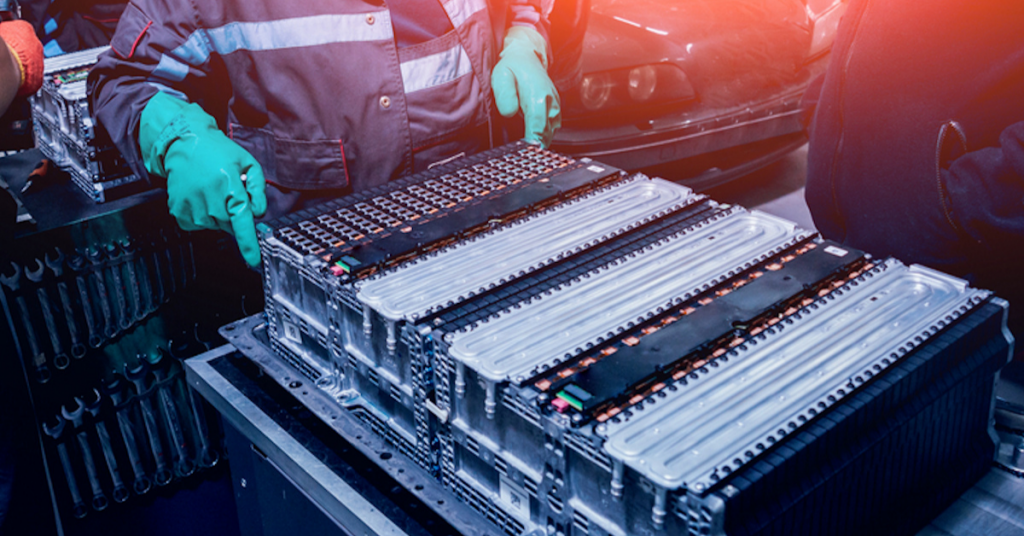
Electric vehicles have low running and operating costs due to the less maintenance of the moving components. They require an energy storage mechanism which is a foremost concern for this technology.
A good energy supply requires a large number of batteries but they will add to the overall cost of the machine, servicing, and weight. Hence the performance will go down.
The electricity used by the machine is stored in supercapacitors, flywheels, and batteries.
Presently, the most used and also under exploratory stages are Lead-acid, Ni-MH, Li-ion, Na-NiCl (ZEBRA), and Zn-O2.
The last one uses mechanical method of charging over conventional electric charging. All the electrochemical batteries are compared in terms of specific energy, specific power, cycle life and cost.
Concern
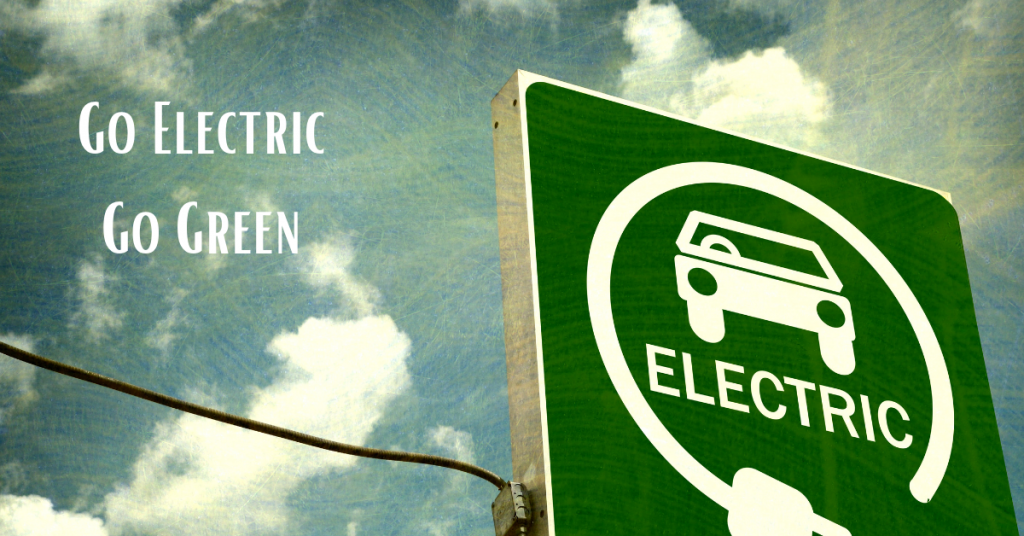
The growth in the EV market has important implications for the electricity segment.
Despite the number of advantages that EVs have when compared with ICEs (Internal Combustion Engine), their utilization continues to be very scarce.
The aim of energy storage is it should provide a desired range of driving, it must fulfill the requirement of good acceleration, good regenerative braking for high efficiency, and to accommodate for fast charging techniques or methods that support the longer life for meeting routine tasks.
Durability against the various environmental conditions like climatic stress, mechanical stress, etc. So that the electric vehicle performs well in harsh conditions where usual vehicles work normally.
WHY NOT LEAD?
- It’s the oldest battery and has reached the limits in specific energy.
- Low cycle life causes replacement of batteries within 2-3 years.
- The desired fast charging is not available.
Despite some drawbacks, Lead-acid batteries will not experience the decline soon because of being less expensive with a cycle life of around 700 specific energy of around 35 Wh/kg and around 150 W/kg of specific power.
CARRY ON WITH LI-ION
The specific energy is high. The safety on cell level can be significantly increased. When these cathode materials are used in combination with improved separators i.e. with ceramic parts and high-boiling electrolytes.
Li-Ion cells make it possible to combine many different, partially explored electrode materials and electrolytes. The further progress of safety in combination with attractive energy and power densities is possible.
In addition, various safety measurement mechanisms are integrated at the system level. The battery is always kept under a safe operational state.
Whereas lead-acid systems have reached the zenith in their development, lithium-ion battery systems have just started to unfold their potential. It is the significantly higher specific energy of lithium-ion batteries that makes a high-volume market entry of electric vehicles possible.
THE Ni-MH
This battery has been demonstrated to be a good option for an electric vehicle because it has good performance in terms of specific energy and cycle-life.
THE ELECTRIC VEHICLE MARKET IN INDIA.
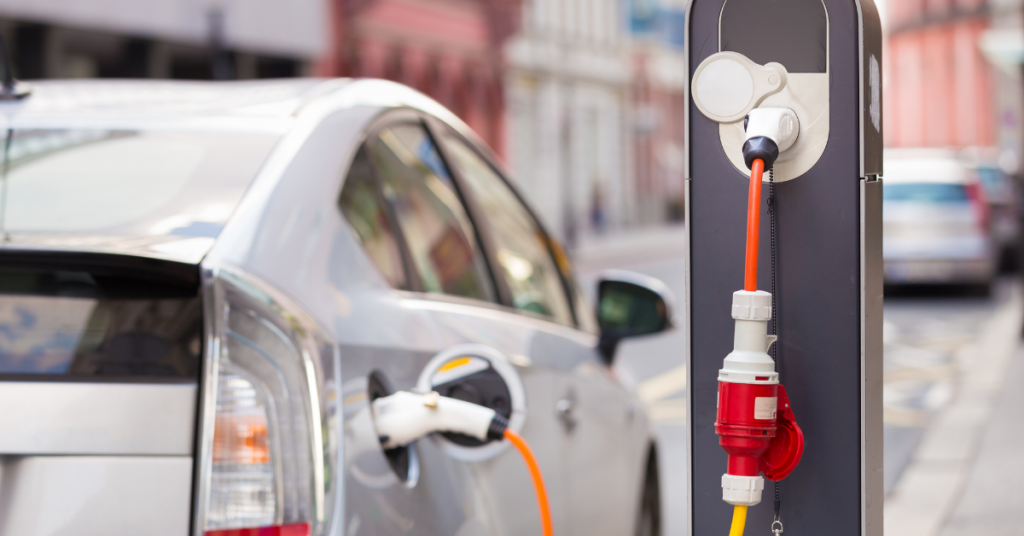
The observed growth of this technology in India is evaluated at USD 5.47 Billion in the year 2020. It is expected to reach around USD 17 Billion by 2026 at an increasing CAGR of 23.47%
Over the forecast period 2021-2026.
The pandemic was a hard time for every sector. The inflation rate reached 6% at the starting of 2022 which ultimately targeted the high rise increments in petrol prices. During this time Electric vehicles gained true importance.
Now not only for economic savings but for the environment’s sake too, people are ready to welcome this new player in the automobile industry.
According to a survey, the total electric vehicle registrations fell by 20% in the financial year 2021 to 236k units, down from 295k in the financial year 2020.
The present scenario witnesses the market register positive growth during the forecast period.
The government is encouraging the EV industry by taking obligatory stride:
- Tax exemptions and subsidies to the manufacturers and customers.
- The operation of the EV charging stations doesn’t require any license. It is under the consideration “It’s a service not the sale of electricity!”
- The Ministry of Road Transport and Highway allowed for exemption from the permits for all battery-operated, ethanol-powered, and methanol-powered transport vehicles.
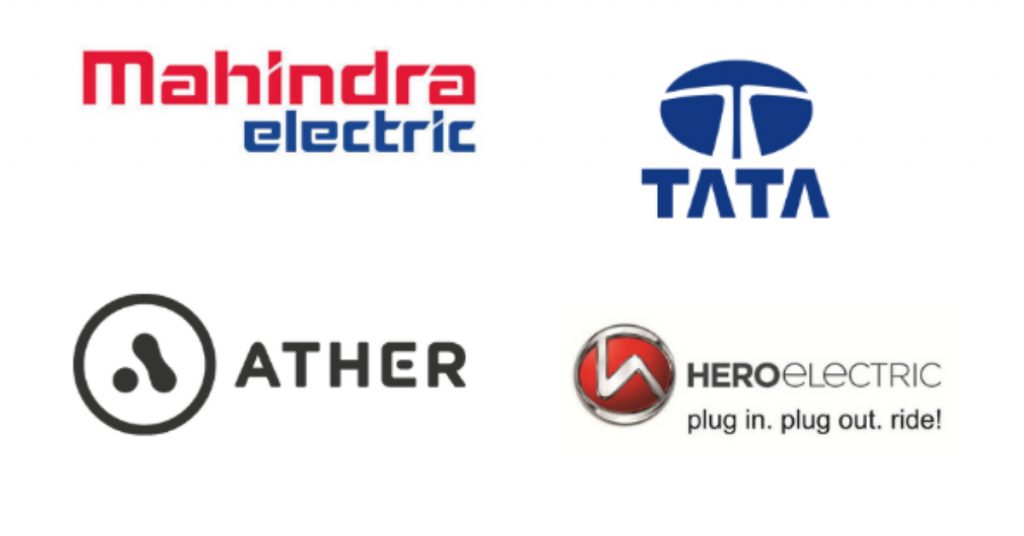
A few companies in the arena!
The FAME India Plan (Faster Adoption and Manufacturing of Hybrid and Electric Vehicle) aims to push and promote the sales of electric vehicles.
The specific target expansion tilts towards the two-wheeler and three-wheeler in the upcoming few years.
The automatic route market is likely to gain the required heights throughout the forecast period. 100% foreign investment is allowed in the sector.
Penned By Tushar

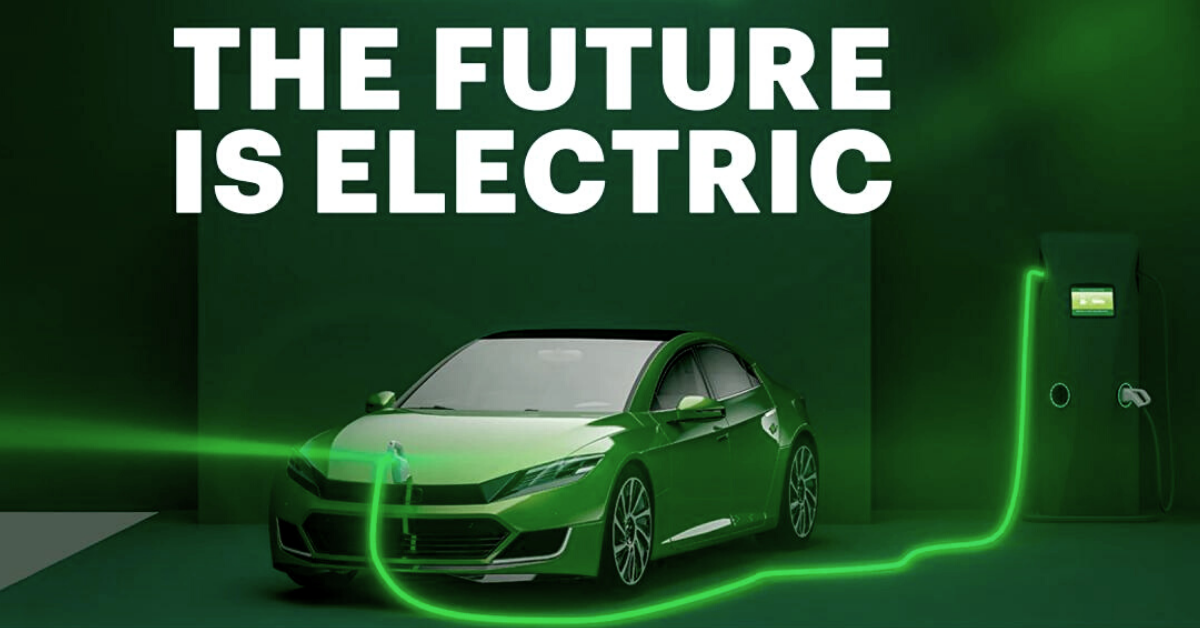

Always informative!!💫
Doin’ great job…
Bro, Your 2-3iners para is just too good…. Loved it…. Keep going:)
Good job!!👍🏻🌟
Very futuristic and informative blog 👍
Keep rocking Tushar
Superb!
Very informative ..Great work
Excellent work!
Thanks for sharing this useful content!!
Very Informative! Keep up the great work dude!
Great work👍